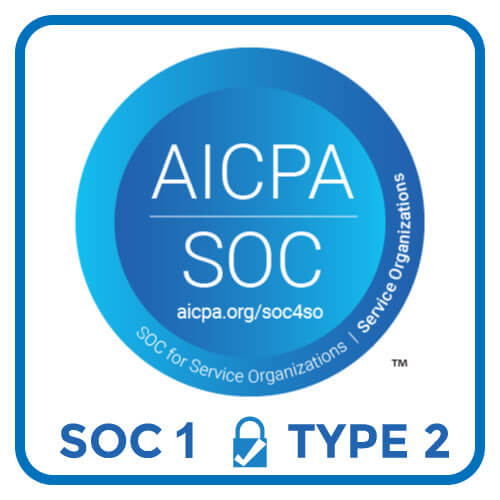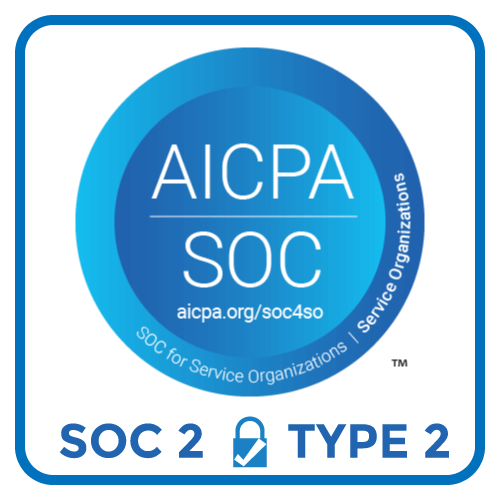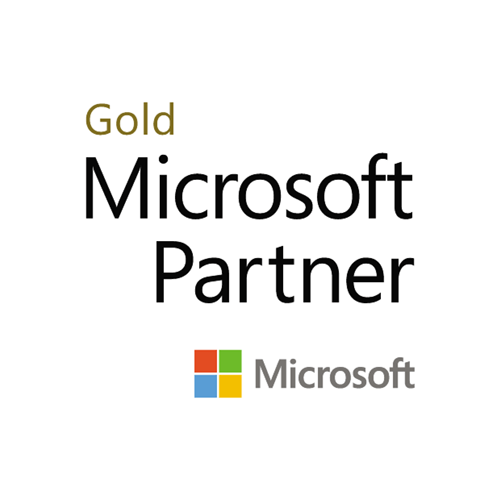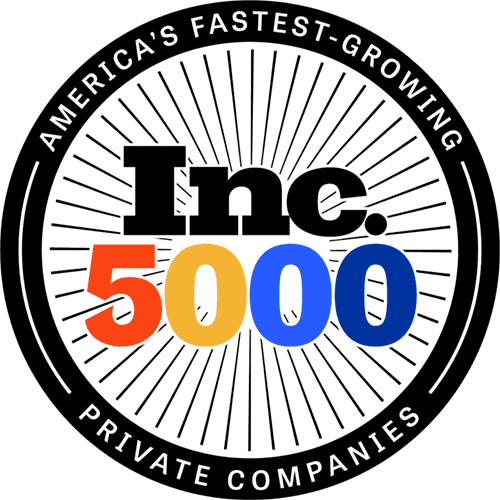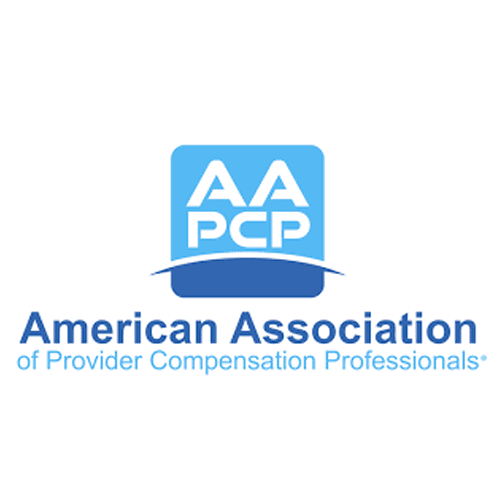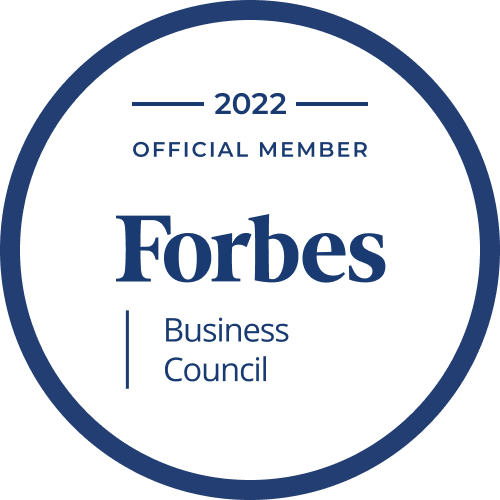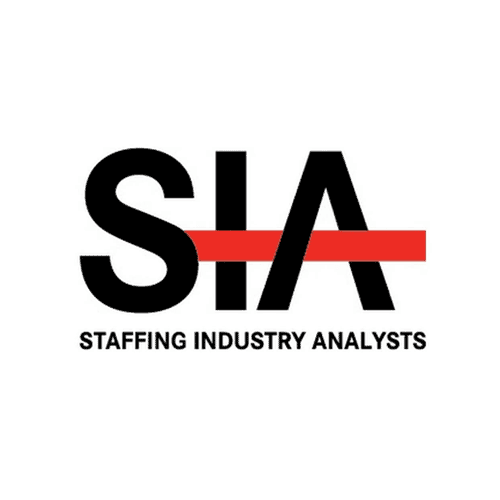“Nurses are burned out and fed up,” writes Lydia Polgreen for The New York Times in a column about the recent New York nurses’ strike. She’s not wrong.
According to 2022 research from the American Association of Critical-Care Nurses, 67% of RNs say they plan to leave their current position within the next three years. The pandemic era of healthcare delivery has been hard on nurses who feel overworked and underappreciated, causing pain for the hospitals and health systems that employ them.
The recent strike in New York ended only after regional health systems agreed to hire more nurses. But how are hospitals supposed to continue hiring while preventing turnover associated with exiting nurses?
To start, it is more important than ever that hospitals understand what clinicians want. A lack of work-life balance and inadequate scheduling freedom are major contributors to the burnout crisis. Fortunately, answering these issues may be easier than it seems. Hospitals and health systems can address these challenges by building a modernized, expanded workforce strategy.
That was the experience at Henry Ford Health, which had been struggling with finding nurses while also battling the rising cost of agency personnel. In response, they created a high-performing internal resource pool, the Best Choice program, to strengthen their ability to fill staffing vacancies and contain related costs. Thanks to that program, they now avoid nearly $10 million in labor-related costs annually.
How do they do it? The American Organization for Nursing Leadership and Hallmark Health Care Solutions recently presented a webinar, The Power of Tech-Enablement: Modernizing Today’s Mobile Workforce, to explore how Henry Ford Health used the Best Choice program to achieve those outcomes. In this webinar, Kim Sauro, Director of the Best Choice program, and Jennifer Firmalan, Vice President of Workforce for Einstein II at Hallmark Health Care Solutions, discussed how to best build and operationalize employment programs that will appeal to and retain today’s increasingly mobile clinical workforce.
Here are three key takeaways from that discussion:
1: Embrace flexible employment models to meet the workforce where they are.
Healthcare workers are dissatisfied with the lack of scheduling flexibility and connectivity, so they need alternatives that can meet their needs and preferences. Sauro points out that many hospitals enforce work requirements that are “almost prohibitive.” For example, weekend or holiday shift requirements and minimum weekly or monthly commitments can make some jobs undesirable for qualified nurses.
For instance, Henry Ford Health found that they were able to use flex employment models to attract clinicians that already work in other systems by offering them the freedom to work one-off shifts. By reducing requirements, they could turn flex employment models into a secondary “gig” for those nurses. “It has turned into a long-term recruiting strategy for our organization,” says Sauro. “If you can coordinate 400 nurses working maybe 24 hours a month, you can make a significant difference in the labor deployment within your own market.”
Flexible work models can also open new recruiting avenues, as Henry Ford Health discovered. Because they’re close to Ontario, they can tap into the Canadian nursing market in addition to recruiting locally and from surrounding states. Since nurses from across the border may not be as interested in typical benefits, flexible scheduling and increased pay (with no benefits) can be especially appealing to them.
In other words, entire segments of the clinical population can be better recruited – or only recruited – when offered flexible work options.
2: Build to scale – flex programs shouldn’t stop at one modality.
As the Best Choice program flourished, it also expanded in scope – first to ambulatory, where medical assistants were added to compensate for RNs being utilized for that role, then to increased modalities (like emergency room techs, further growth in ambulatory, etc.).
As a result, the program enables Henry Ford Health to always put the right person – who may not be a nurse – into the right role, which helps ensure more people are working at the top of their licensure. For example, they’ve been able to deploy hundreds of thousands of hours annually with MAs. They’ve also been able to accommodate wholesale changes in the deployment model, like bringing in licensed practical nurses to work in research and deploying others into employee health, occupational health, and home health initiatives, all areas that saw “a dramatic explosion in hours” after the pandemic hit.
“Henry Ford Health’s experience showcases how nimble and truly flexible the program is with its ability to pivot based on evolving needs and changes within the organization,” notes Firmalan.
3: Leverage technology to help operationalize new employment models.
Deciding to expand workforce options is one thing; executing is something else entirely. Operationalizing programs like Best Choice requires capabilities that many hospitals may not have with current workforce management tools. “The typical practice is somebody sitting at a desk making phone calls, but we don’t have the luxury of that kind of time when we’re staffing five major hospitals and 200 ambulatory sites,” says Sauro. Automating real-time communications via each clinician’s preferred channels (like email or text) is pivotal to reaching and attracting them.
Similarly, with 600 employees and 2,500 differing credential expiry dates, it wouldn’t be feasible to monitor credentials and certifications in terms of regulatory readiness. Instead of waiting for these to expire, the technology platform can provide advance warning. Then, they can send out mass emails to anyone expiring in 90 days as a gentle reminder. “If I had to do it manually, monitoring and tracking in real-time would be nearly impossible,” says Sauro.
Tech-enabled and flexible employment models add up to big opportunities in cost containment and clinician recruitment and retention.
Thanks to Best Choice, Henry Ford Health has dramatically increased their clinical capacity, rising from 293,000 annual hours in 2018 to 445,000 hours in 2022. That includes deployed resources ranging as broadly as RNs, LPNs, MAs, surgery techs, environmental specialists, and others. Altogether, the program saves them an estimated $8.9 million in costs annually – with that number showing continuous year-over-year growth.
How can other health systems achieve the same or similar results for themselves? These takeaways are only the start. The webinar, “The Power of Tech-Enablement: Modernizing Today’s Mobile Workforce,” takes a deeper dive into all these points and answers additional questions, including:
- How to ensure the contingent workforce delivers high-quality service and outcomes
- How to garner support from key stakeholders and strategic partners within the organization
- How to operationalize a program that supports multiple locations and disciplines
- How to grow and scale when faced with unforeseen challenges





